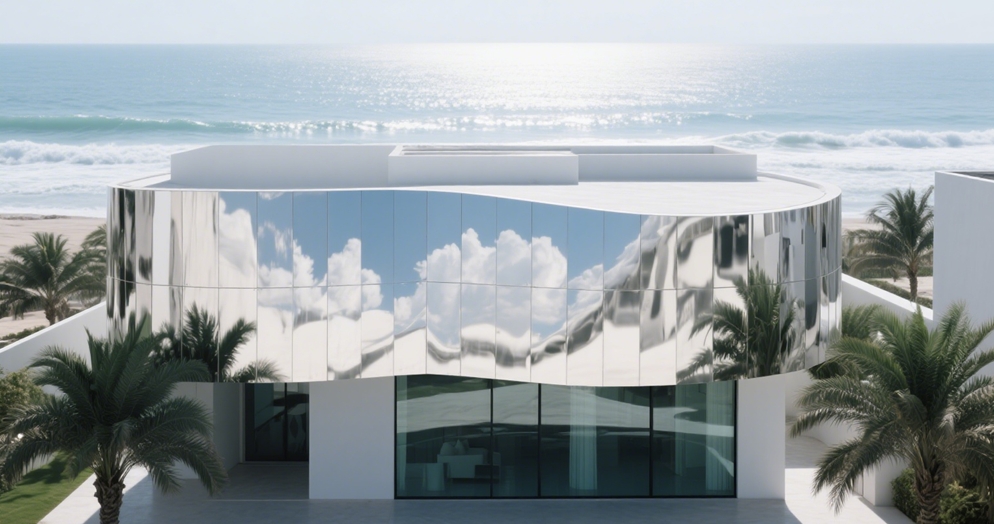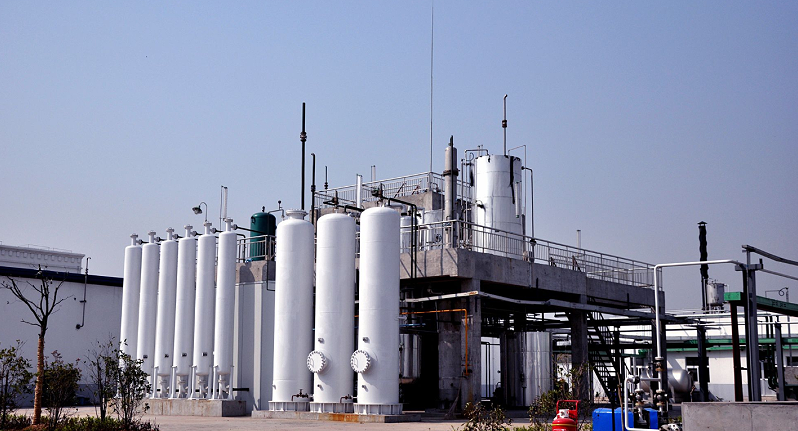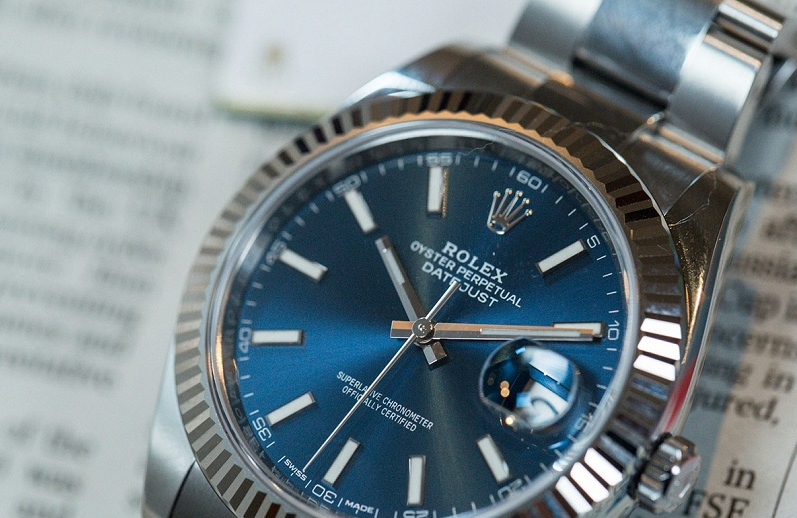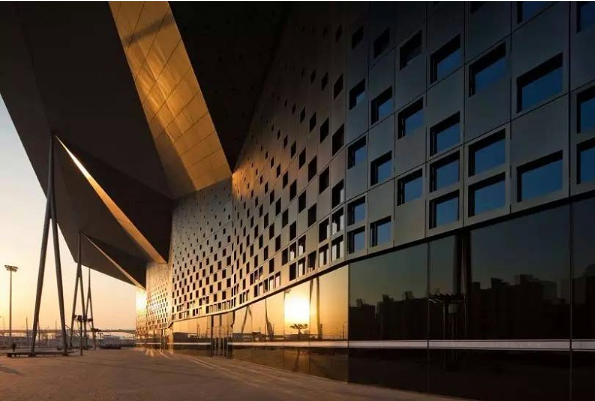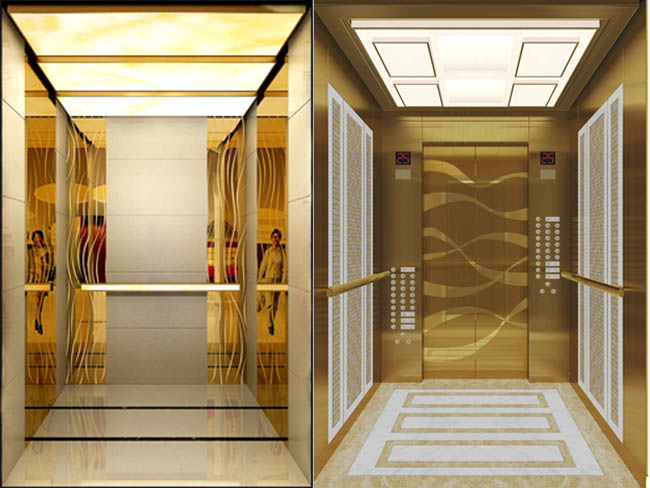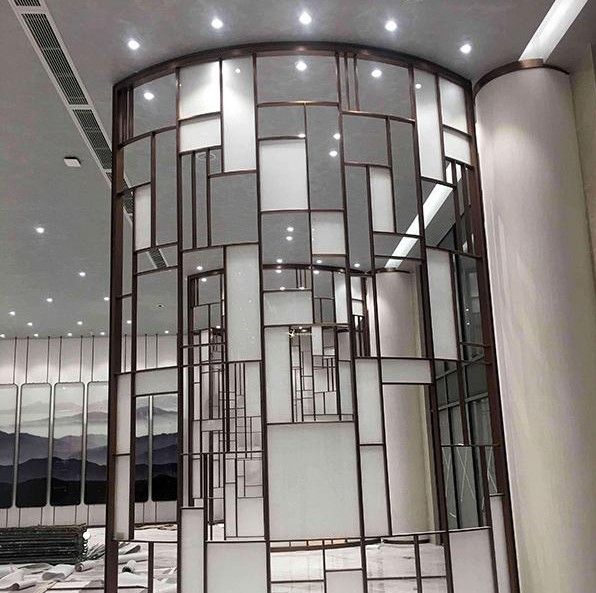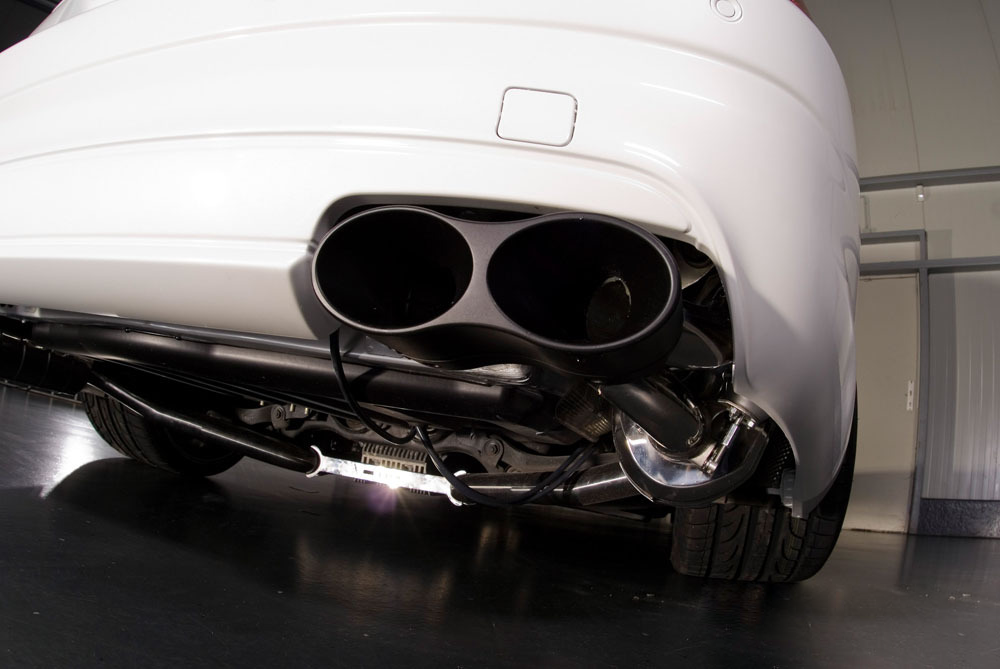Desalination equipment is widely used in areas where fresh water is scarce. Due to its prolonged contact with seawater, the materials used must possess excellent corrosion resistance. Desalination equipment utilizes a variety of materials, with common shells and heat exchange materials including carbon steel, stainless steel, titanium tubes, copper tubes, and aluminum tubes.
The materials used in the desalination process must exhibit corrosion resistance. Material selection and design principles are determined by the material’s service environment. Stainless steel, due to its corrosion resistance and durability, is an ideal material and is used in various desalination projects.
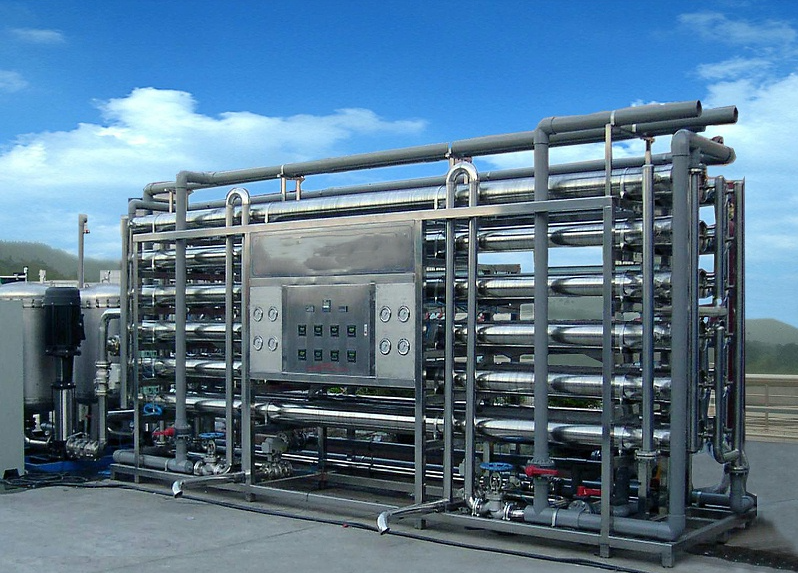
Stainless steel used in desalination projects requires excellent corrosion resistance in a variety of complex environments. Austenitic stainless steels 316L and 317 are the primary materials used in desalination equipment. 316L can withstand corrosion in marine environments, but long-term immersion in seawater can lead to pitting and crevice corrosion.
Pitting corrosion of stainless steel used in desalination equipment that processes hot concentrated seawater in chloride-containing environments is a particular concern. Although the lack of oxygen in hot seawater reduces the tendency for pitting corrosion, and 316L stainless steel is a traditional material for evaporators, most modern multi-stage flash desalination (MSF) plants do not use 316L stainless steel.
Alloy 316L, supplied by Dingliang Metal, is a low-carbon stainless steel widely used in the chemical industry for its excellent corrosion resistance. 316L is a derivative of type 18-8 austenitic stainless steel with a 2-3% Mo addition. The Mo content of 316L provides excellent pitting resistance, making it safe for use in environments containing halogen ions such as Cl-. Because 316L is primarily used for its chemical properties, steel mills have slightly lower surface inspection requirements for 316L (compared to 304). Customers with more demanding surface requirements should intensify surface inspections.
 Xinliheng stainless steel
Xinliheng stainless steel


